The Samsung Galaxy A56 follows in the footsteps of the A50 range, namely offering the closest experience to a premium smartphone, without crossing the Rubicon and breaking the bank. Over the years, Samsung has redefined the balance, adding little elements here and there with each iteration. Here is our opinion on the Samsung Galaxy A56 after a good week of testing.
Galaxy A56 price and release date
The Samsung Galaxy A56 costs 499 euros in its basic configuration and goes up to 549 euros. This puts it in direct competition with the newly announced Pixel 9a at €549, but you could also consider the Nothing Phone (3a) Pro at €479.
It has four different colors: sage green, pink, graphite, black and white.
Our opinion on the Design: it's a good size!
Overall, the Galaxy A56 is a good-sized smartphone, but it makes up for it with a certain lightness: 198g, compared to 213g for the A55 last year. It doesn't make any mistakes in terms of handling that would make it unpleasant to handle. The buttons fall easily under the hand and are aided by a slight guide: the edge rises slightly around their location to accompany the hand.
As usual, Samsung is trying to align the design of its Galaxy A with the S released at the beginning of the year. We therefore find the markers of the Korean. The glass back is covered in a classic, slightly poppy solid color with a glossy finish, which attracts fingerprints more easily than a matte finish.
After completely removing camera blocks for some time in favor of isolated modules, Samsung is reintroducing one here to give its device a bit of character. The camera block is made up of three modules stacked on top of each other and blended into a black coating.
The block is surrounded by a brushed metal coating, a treatment found on the edges of the smartphone. These are flat, as is the current trend. The brushed side stands out even more in the light, which details the main lines that run the phone from bottom to top. This has a classy effect and helps distinguish it from the slightly more accessible Galaxy A36. The edges are very slightly beveled to make it easier to hold and avoid the slightly overly aggressive look that can sometimes be found. In short, it all exudes well-thought-out finishes.
The front face welcomes us with a flat panel, surrounded by fairly prominent black borders, as well as a chin on the lower part of the screen. In this case, it has a screen-to-body ratio of 88.1%, which is relatively low.
What is also low is the fingerprint sensor, which requires you to twist your thumb a little to reach it in certain positions. It also proves to be responsive and functional, even if you won't have the speed of an ultrasonic sensor.
In terms of protection, the Galaxy A56 is IP 67 certified, which guarantees complete protection against dust as well as short immersion in water between 15 cm and 1 m.
Screen: good brightness, but the colors drift
The Galaxy A56's screen expands somewhat and goes from 6.6 to 6.7 inches. It is an Oled panel capable of going up to 120 Hz and having a definition of 2340 × 1080 pixels with a ratio of 19.5:9. All of this is very standard. A small touch, however, is that the screen is protected by Corning Gorilla Glass+, one of the best standards in the industry.
The manufacturer advertises 1200 nits, the 01Lab measured even a little better with 1262 nits. The automatic brightness works perfectly well and the smartphone never gives the impression of lacking brightness even outdoors.
On the other hand, it is marked by a fairly high brightness of 130 GU, a little above the average of 112 GU.
As for colorimetry, as is often the case with Samsung, we see a significant deviation. The average Delta E 2000 is 4.41 in DCI-P3. If you didn't understand that sentence, understand that the lower the Delta E, the better. As for DCI-P3, it's a fairly wide color spectrum and therefore demanding.
Audio: clean, but without shining
With its two speakers, the Galaxy A56 delivers sound that is very treble-oriented, without annoying distortion. The bass is very little present and decreases even more as the volume increases. The latter allows listening in a quiet environment, but don't expect to replace a portable speaker with this smartphone.
Software: One UI 7, 6 years of updates and one feature less
On the interface side, in 2025 Samsung took the time to overhaul its software experience and offers One UI 7 (based on Android 15). Another new feature is that the Galaxy A56 will benefit from 6 years of major updates and security, compared to 4 previously.
One UI 7 takes the excellent basics of the Korean interface, namely a modern, clear and pleasant interface. It adds a transparency feature, a separation between notifications and the shortcuts panel (which can be disabled), and a host of AI features. You'll find more or less the same experience as on the Galaxy S25, with the exception of Now Brief, a sort of AI-powered summary of your day. You'll also have to do without the creative tools that allow you to generate an image using simple text.
A little more comprehensively, you'll find:
- The Now Bar, a bubble system inspired by iOS's Dynamic Island located on the lock screen;
- Circle to search in its enhanced version;
- Ai Select, a sort of optimized screenshot;
- Object eraser, which allows you to erase an object in a photo;
- Best face: in a series of photos, choose the best profile of each person by combining the photos;
- An automatic memory montage feature.
Finally, let's add that One UI 7 is a little less fluid than on the Galaxy S25. Let's hope Samsung fixes the situation with an upcoming update.
Photo: basic, but effective
For its camera section, the Galaxy A56 has three camera modules: a wide-angle (50 Mpx, f/1.8, 1/1.56-inch type), an ultra-wide-angle (12 Mpx, f/2.2, 123°, 1/3.06-inch type), and a macro (5 Mpx, f/2.4).
One of the notable new features this year is the selfie module, which now supports HDR.
Before we look at shots in real-life situations, let's take a look at the photo performance of the two modules with our 01Lab photo scene.
On the left, Galaxy A56; on the right Redmi Note 14 Pro+.
Above, compared to the Redmi Note 14 Pro+, the Galaxy A56 displays a bluer colorimetry than its mid-range counterpart. The rendering is also noisier and therefore a little more natural in places. On the other hand, we see a lower level of detail in several places (on the writing, in the corners, etc.).
On the left, Galaxy A56; On the right, the Redmi Note 14 Pro+.
Let's move on to the ultra-wide angle. Unsurprisingly, we find the same characteristics as the wide angle, but the Galaxy A56 seems to be even less clean. Noise clearly takes over the shots, despite the very good lighting in the photo scene. The Redmi performs much better.
In real-life shooting, as you can see in the gallery below, the smartphone offers a very decent experience. As long as you don't ask for the moon in difficult conditions, it will give you more than usable results. The new sensor used for the selfie module is quite high-quality, with good detail rendering in portrait mode. However, night mode disappointed us, with a very washed-out rendering and a significant loss of detail despite a pause time. Don't expect wonders from it.
Performance: the Exynos is doing well
In terms of performance, you'll get the Exynos 1580, a new 4nm chip. It comes with 8 to 12 GB of RAM and 128 to 256 GB of ROM in UFS 3.1 (2320 MB/s). Unlike last year, it is not possible to expand this storage with an SD card, which is unfortunate.
Exynos chips are not always lightning fast in the high-end market, but from what we have seen, they are doing very well in this segment. Before looking at the benchmarks, let's say this: the Galaxy A56 responds well to the touch and we didn't encounter any significant loading times. On the other hand, we were able to deplore fairly frequent slowdowns in the interface animations.
On a general benchmark like Geekbench, it manages to outperform its little comrades equipped with the Snapdragon 7s Gen 3. The difference between the Galaxy S25 and the iPhone 16e is still quite marked, from simple to double for the single-core, almost three times lower for the GPU part.
A difference that fades a little on AnTuTu 10, where we see a clear lead for the high-end chip of the iPhone 16e, but not as marked. The Galaxy A56, however, maintains a lead over its mid-range rivals.
3DMark, which primarily tests the smartphone's graphics capabilities, once again gives it the edge, and, surprisingly, even over the iPhone 16. This is due to the excellent stability of the A56, which manages to maintain stable performance throughout the test, while the iPhone struggles to exceed 80% stability.
In short, while we can regret a few slowdowns in the interface that we hope to see fixed in a future update, the Galaxy A56 more than compensates with excess power and mastery of the performance part that must be commended. This is all the more crucial given that previous Galaxy A5Xs tended to feature a somewhat weak chip.
In addition to performing well, the Exynos 1580 supports two eSIMs that will complement the smartphone's dual-SIM drawer.
Network and connectivity
The Galaxy A56's modem provides sub-6 GHz 5G connectivity. This is complemented by support for WiFi 6 and Bluetooth 5.3. Two standards that aren't new, but are sufficient for typical use. The smartphone also supports Bluetooth LE (low energy), but not ultra wideband.
Battery: excellent battery life and improved charging
The Galaxy A56 has a large 5000 mAh battery, the same capacity as last year, but its charging power has increased from 25 to 45 W.
Based on the new 01Lab battery life protocol, introduced in early 2025 and simulating continuous use of the smartphone for various activities (gaming, HDR video playback, etc.) up to 5% battery life, we obtained this score:
16 hours and 46 minutes of use, this is rather a good score, which places it ahead of the Redmi Note 14 Pro+ and the iPhone 16e. On the other hand, the Galaxy A56 is far from winning the prize, we have several terminals that exceed 20 hours in our database.
In real use, we managed to use the smartphone for two working days without charging it. In detail, we started the first day at 6:30 a.m. and the next day at 6 p.m., we still had 18% battery life. So that's excellent.
As for the 45W charge, it doesn't compete with the Redmi's 120W. It will take almost 1 hour 18 minutes for a full charge and you'll expect 24% battery life after 10 minutes of charging.

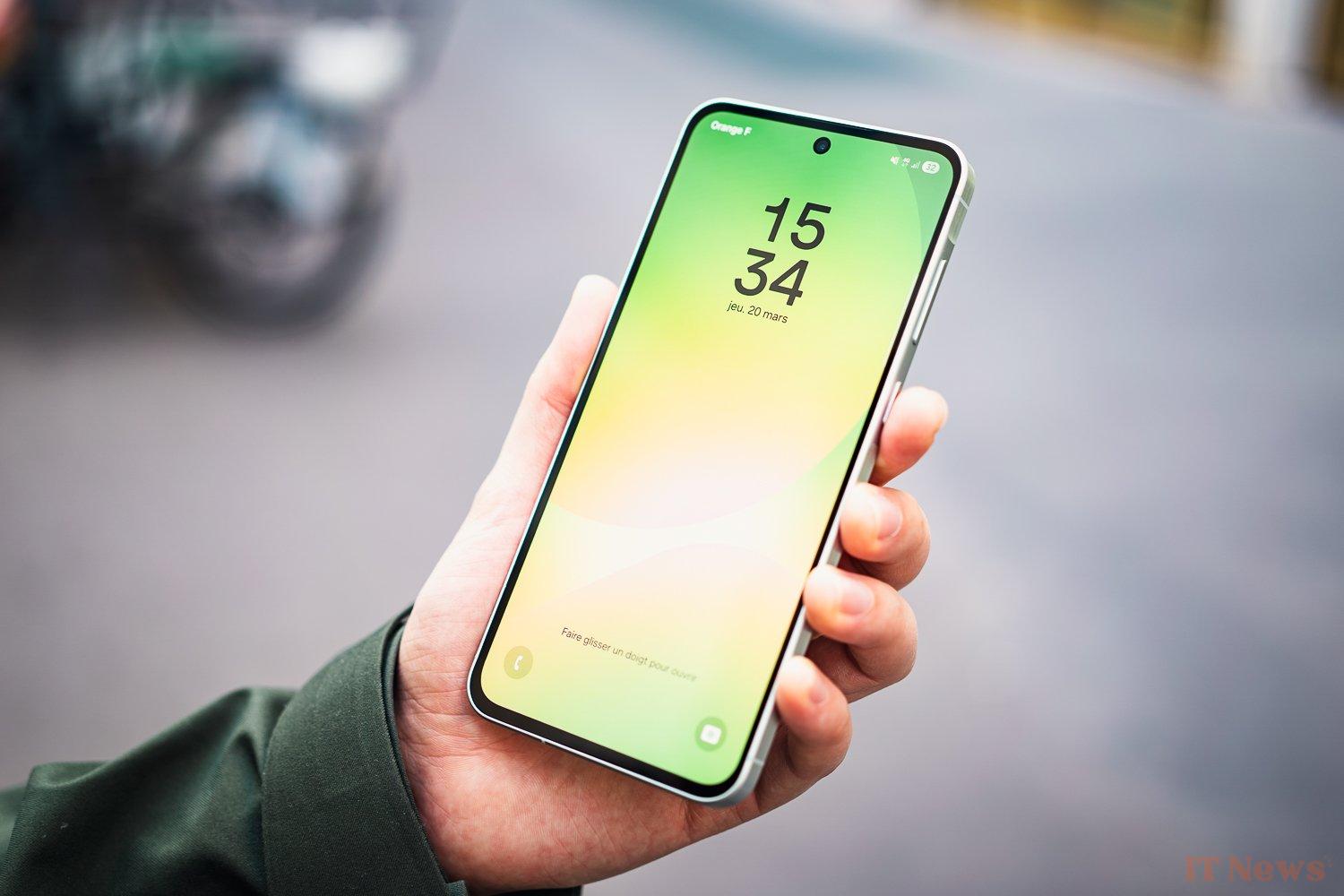
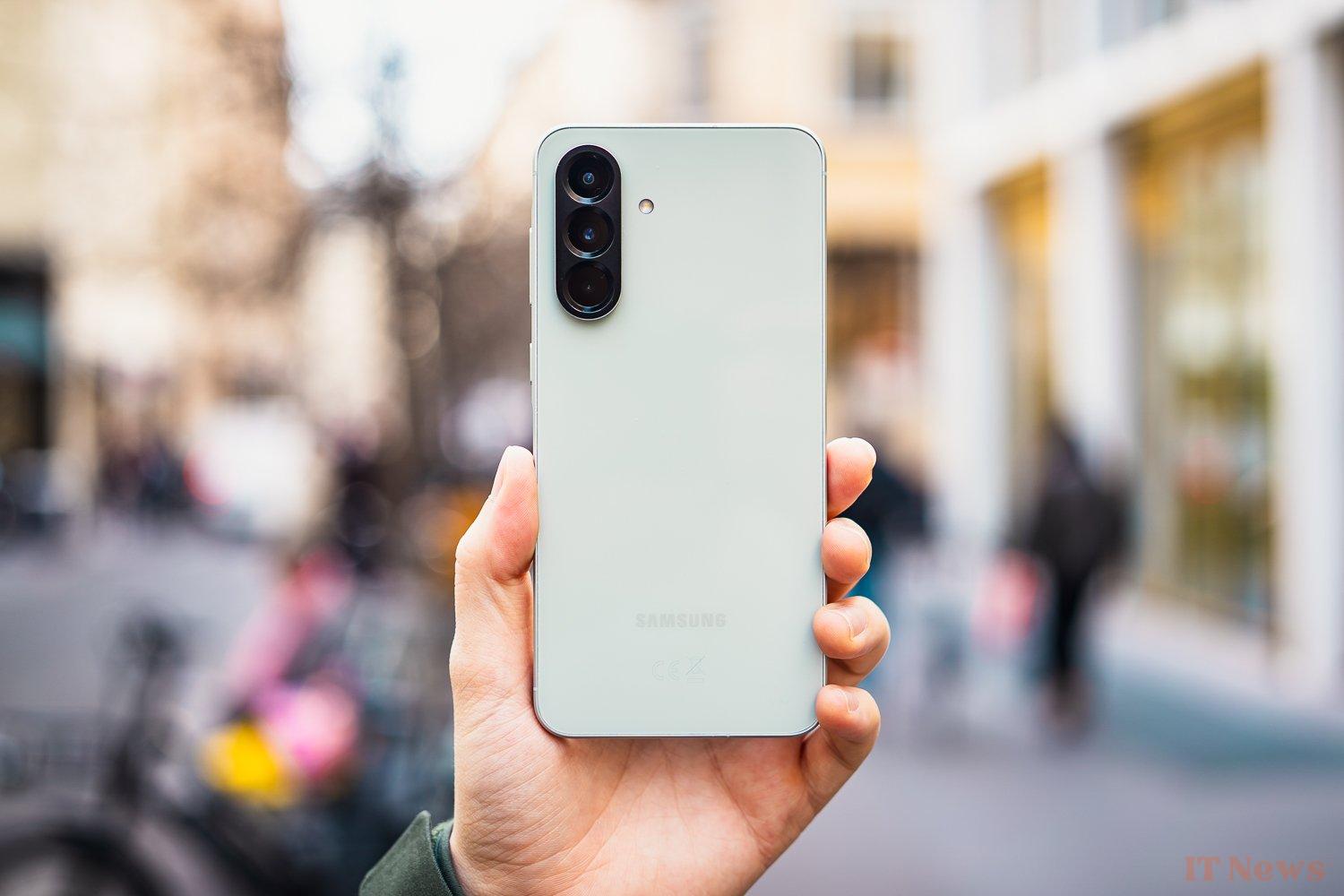
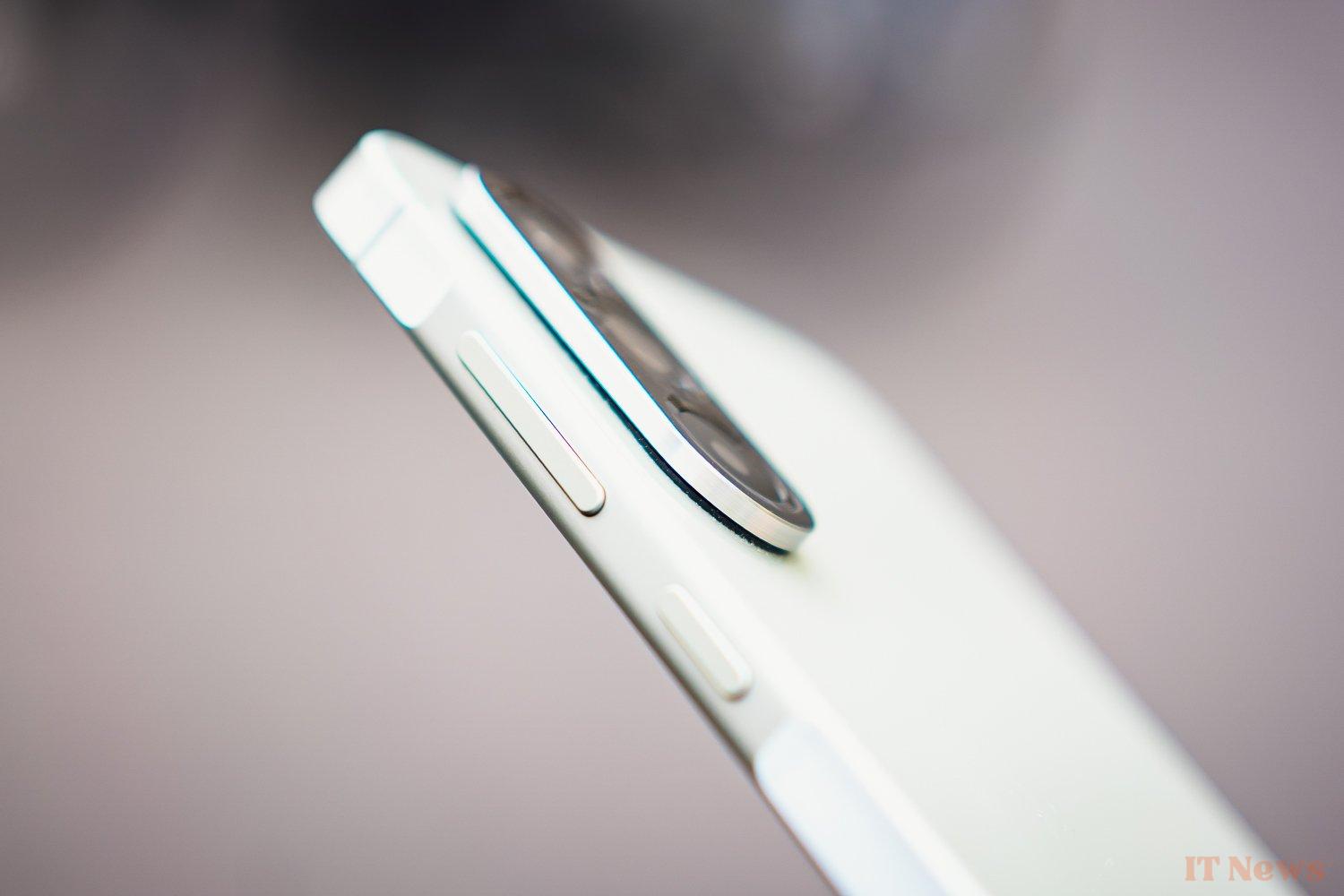
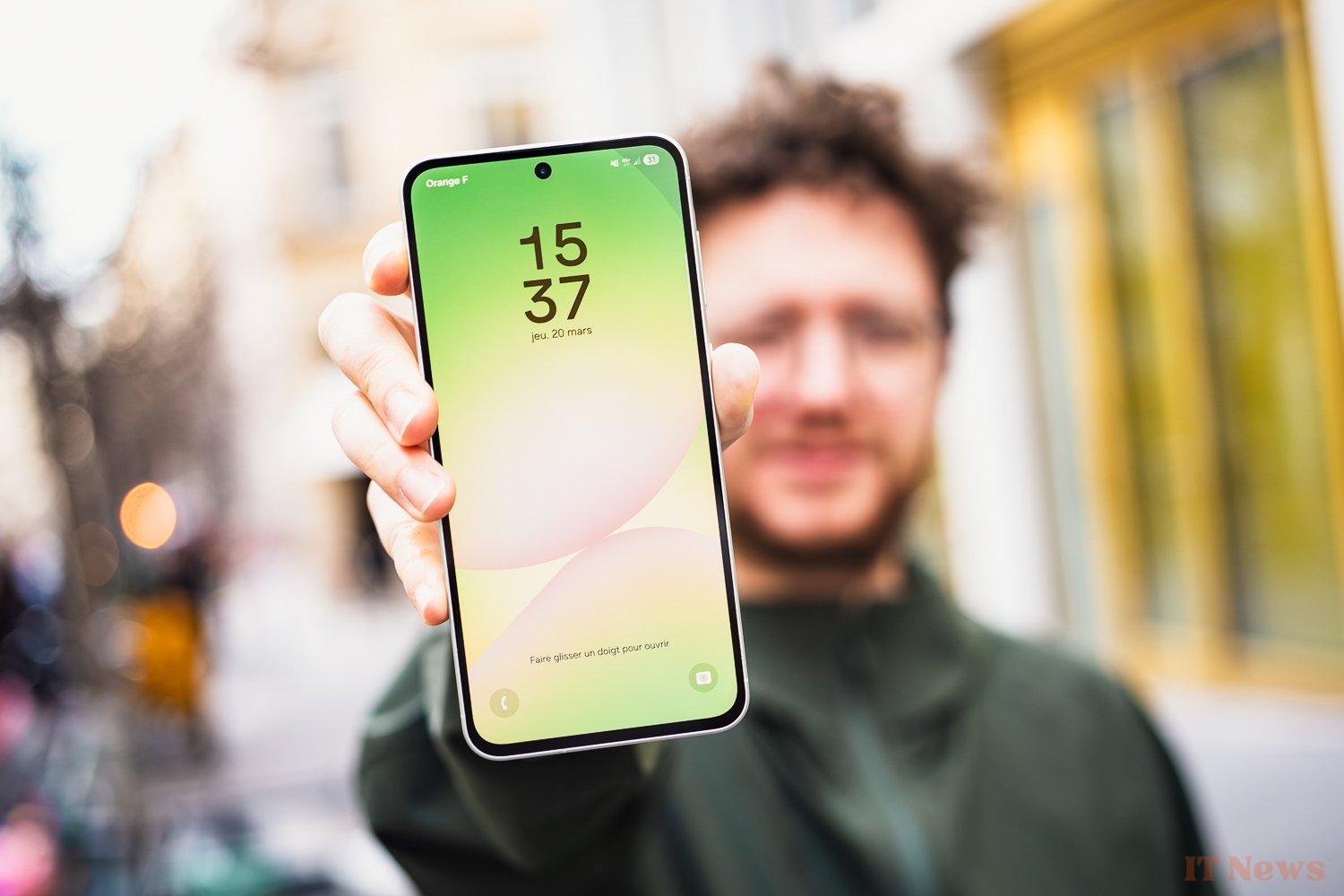

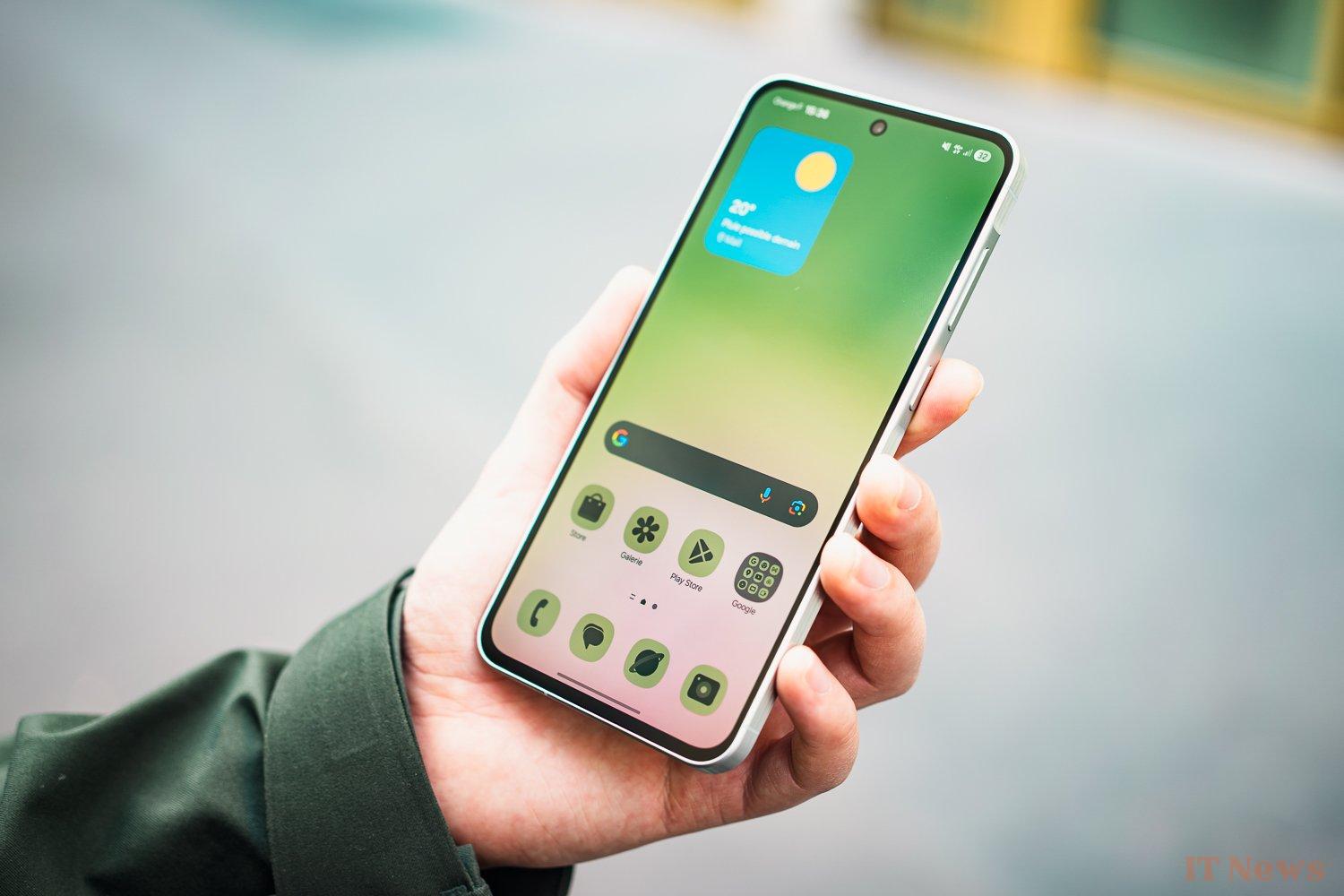
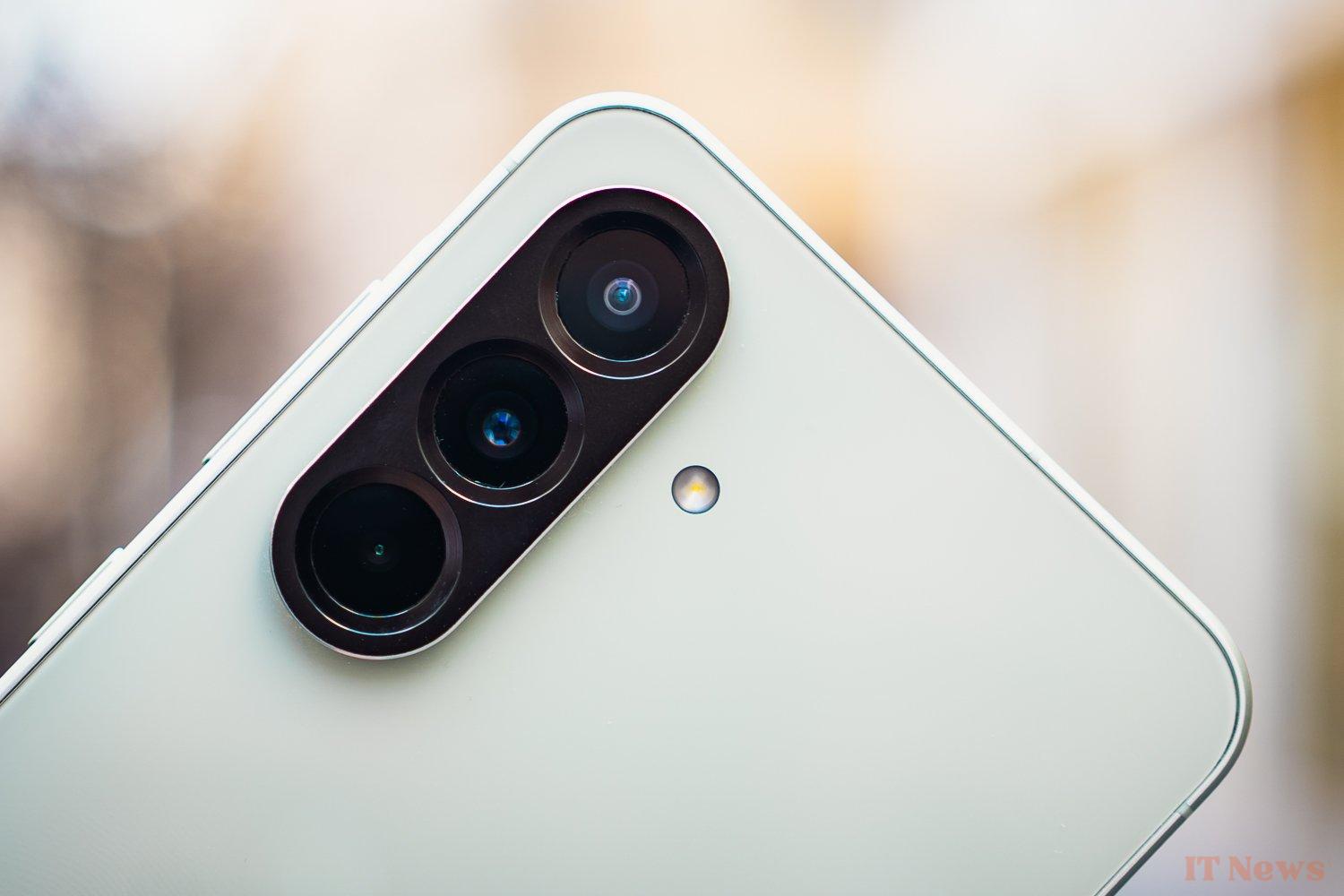
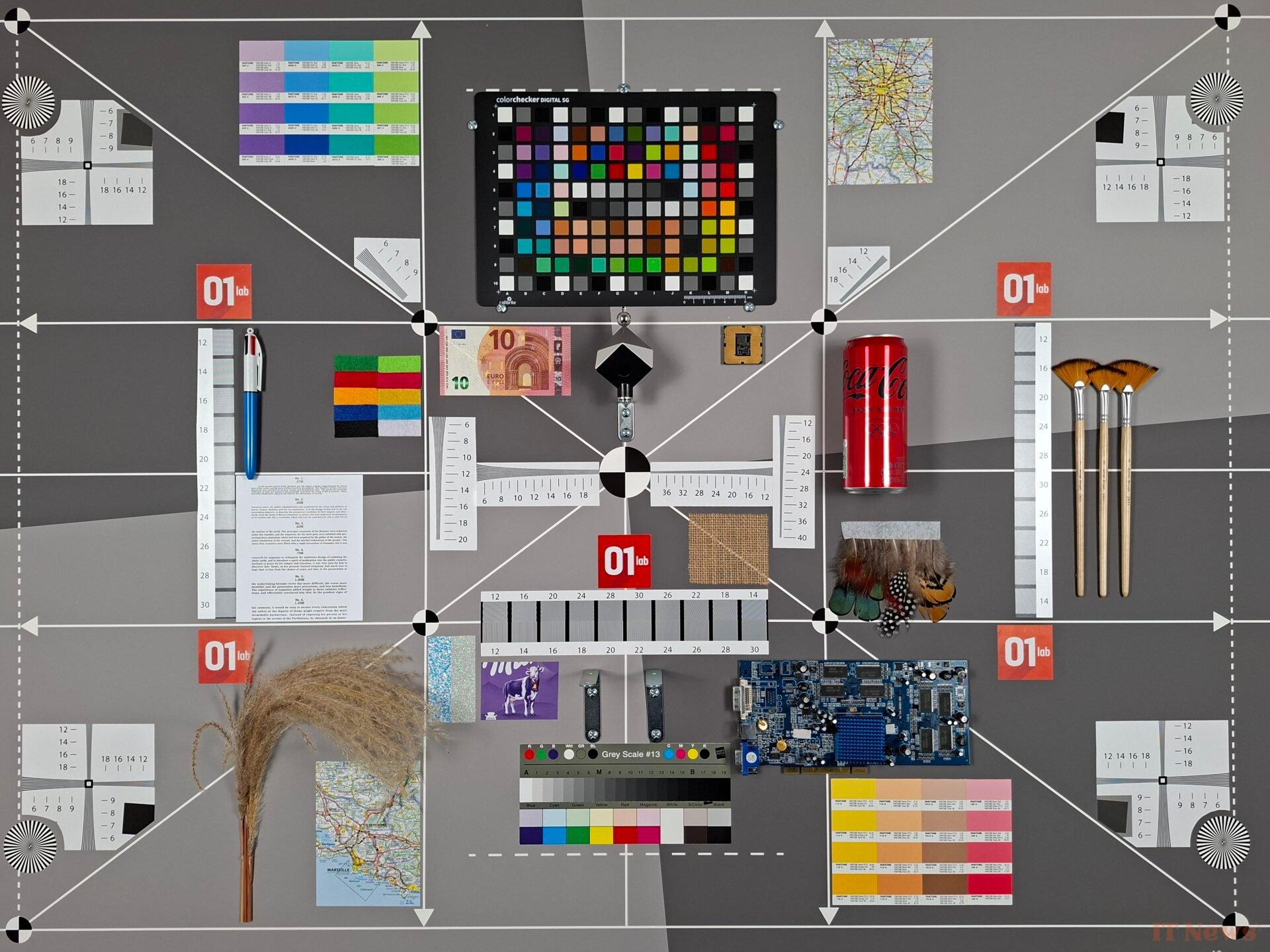
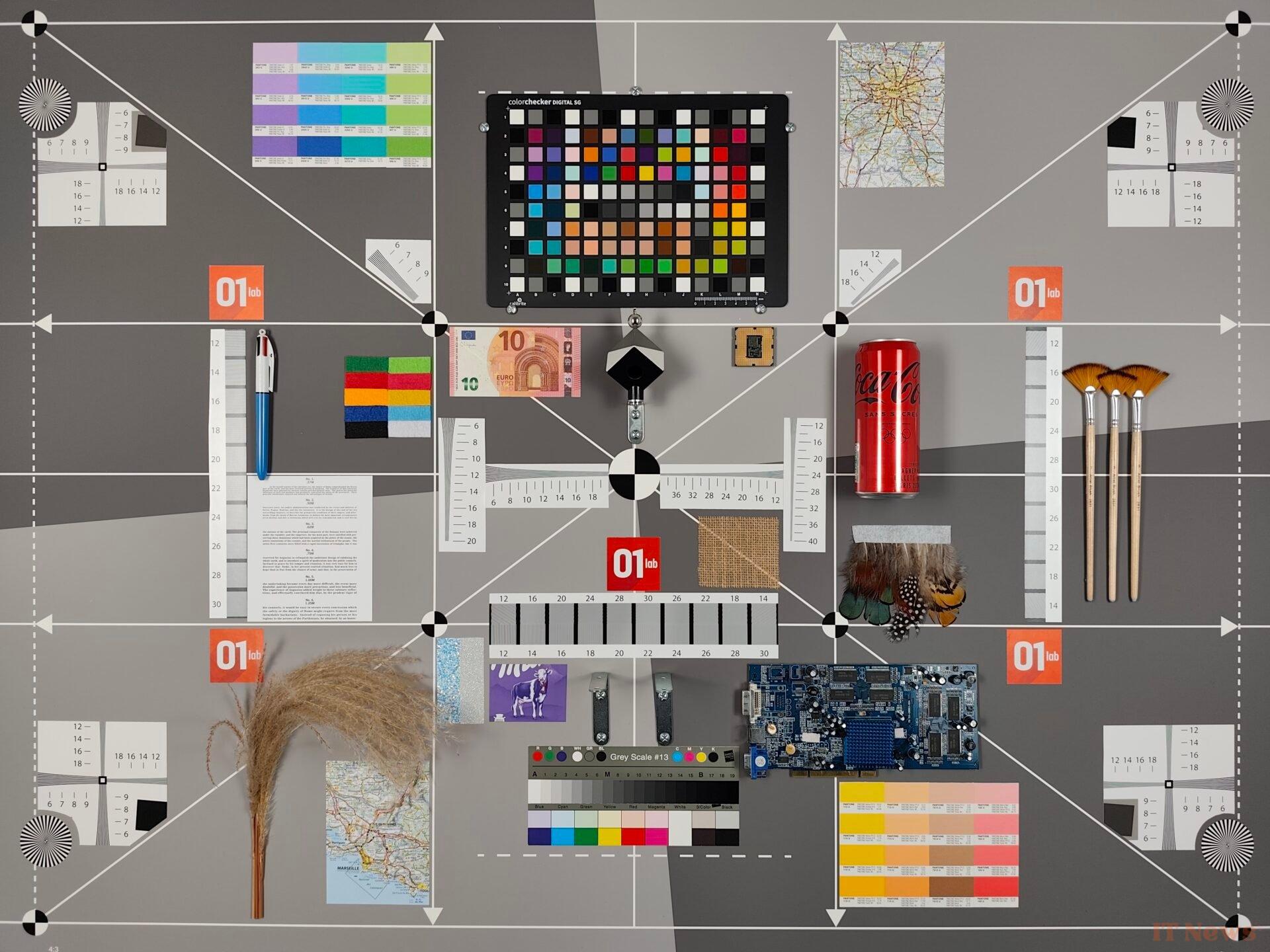
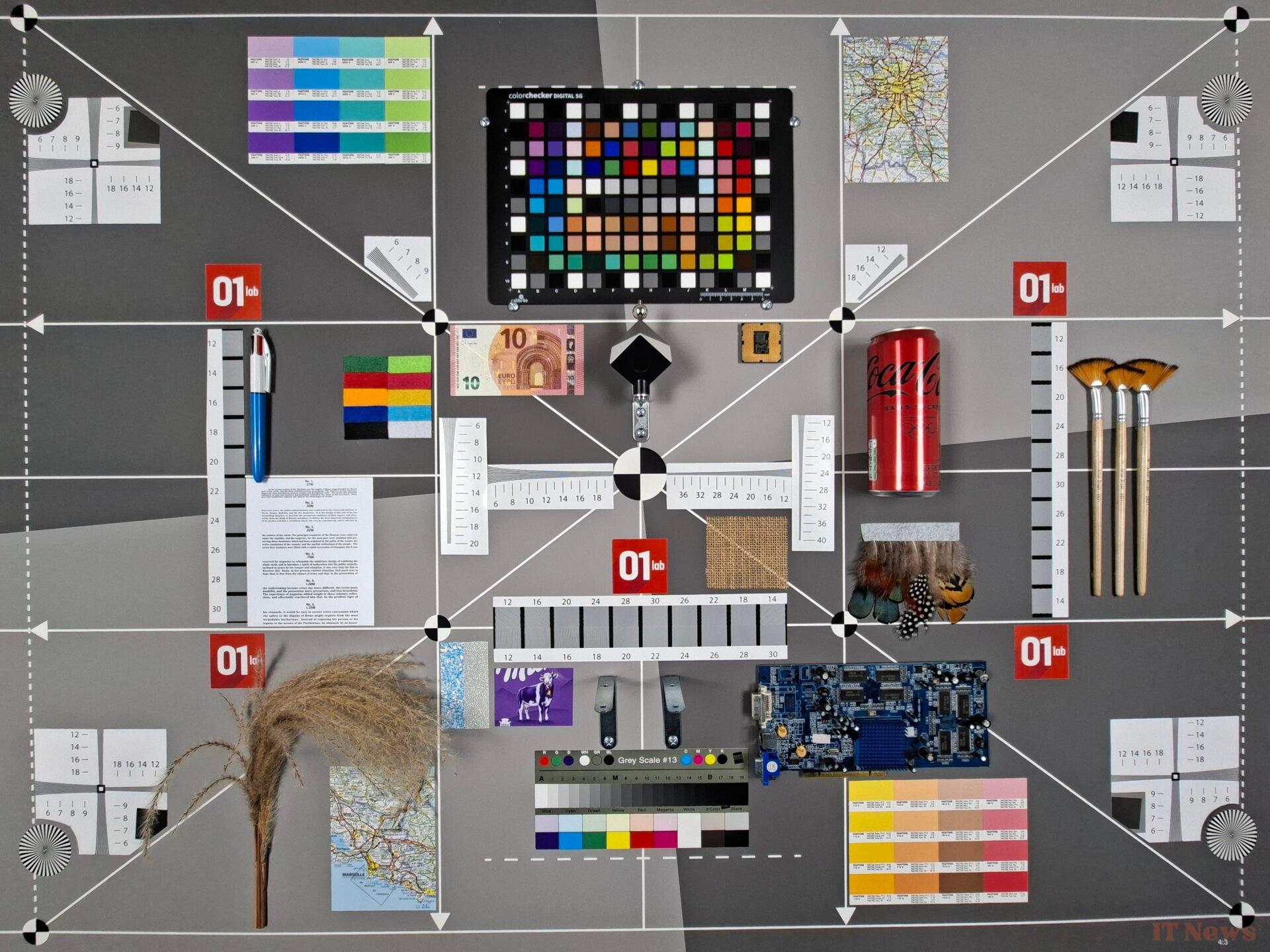
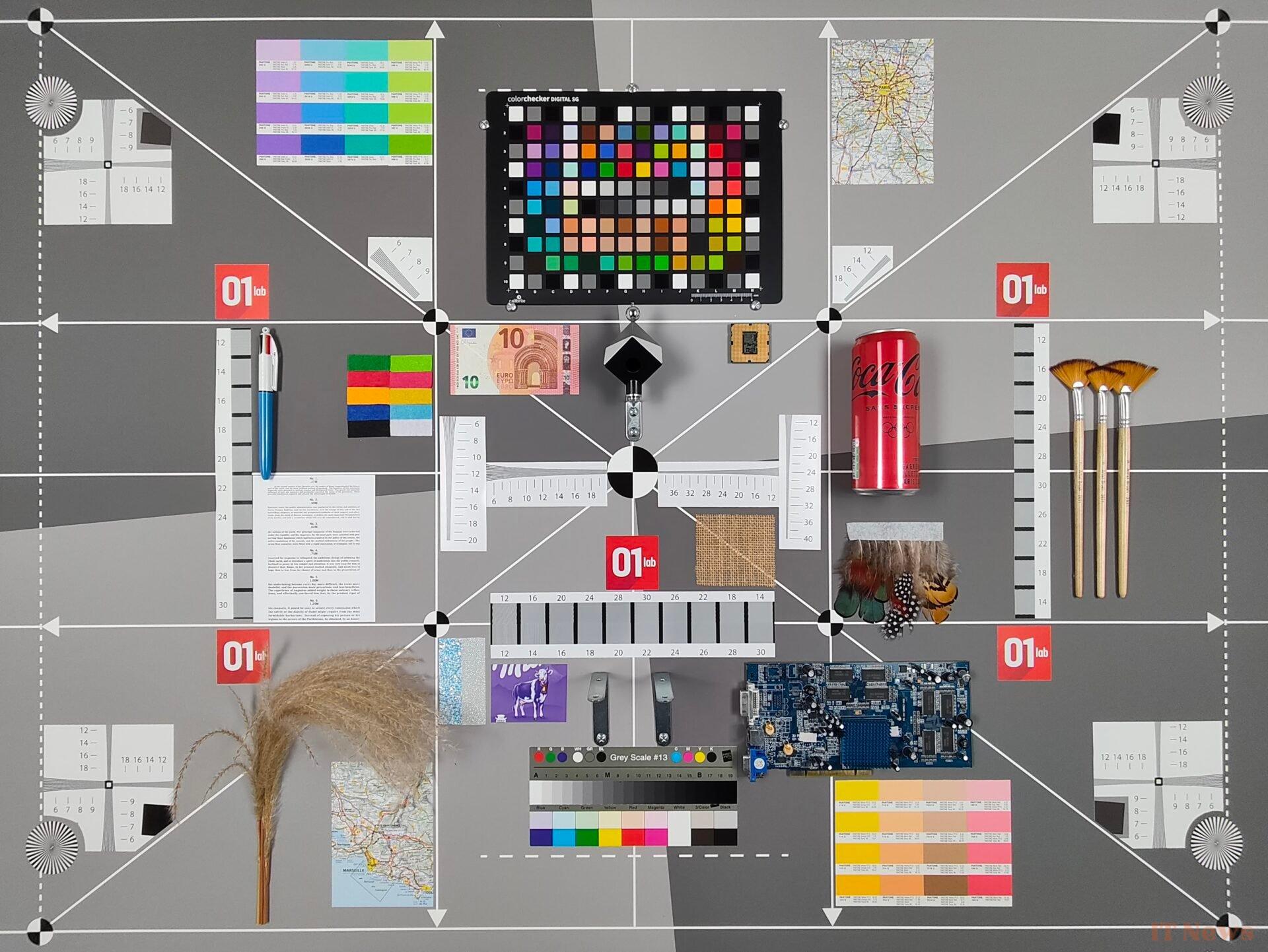


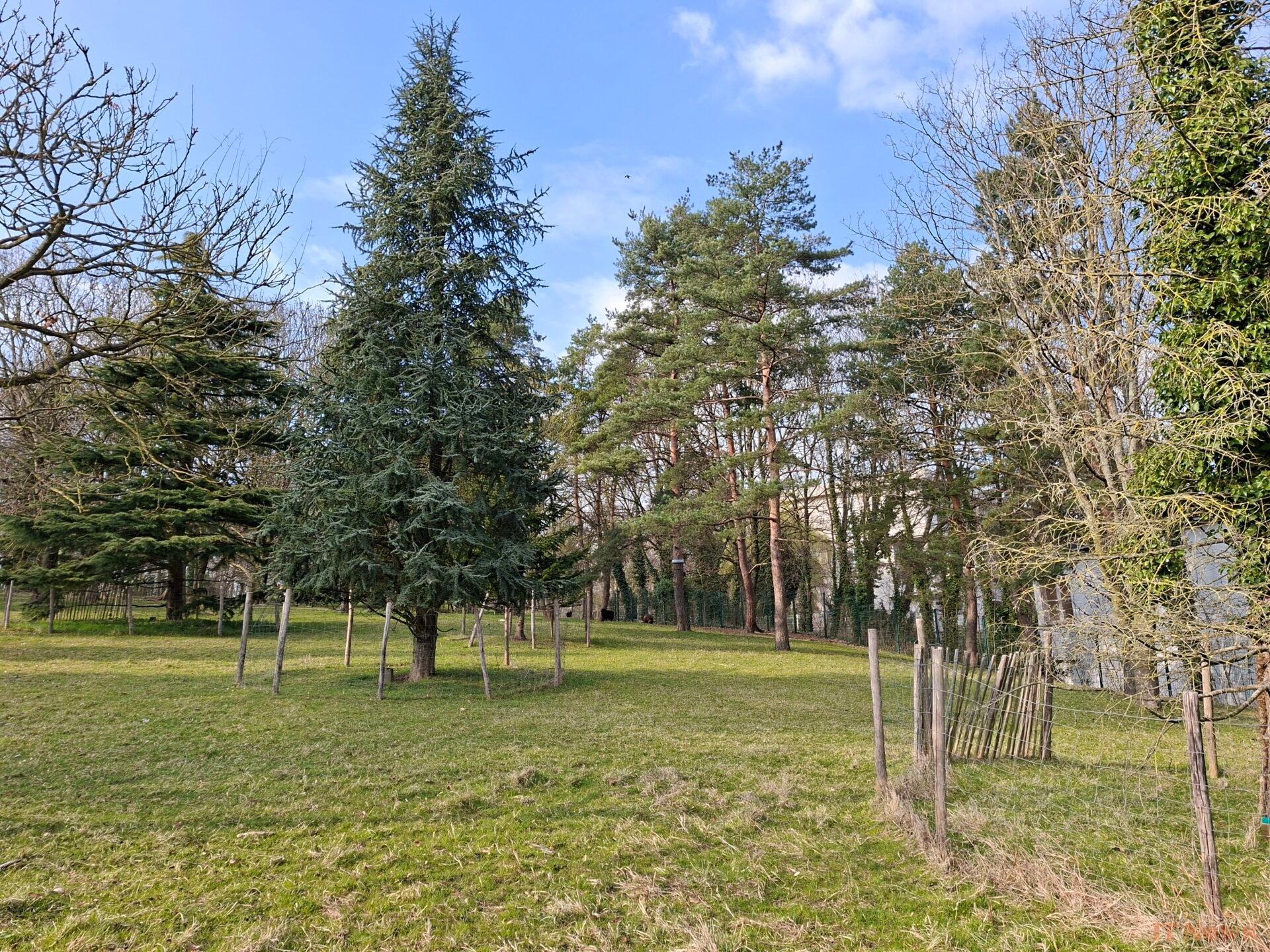
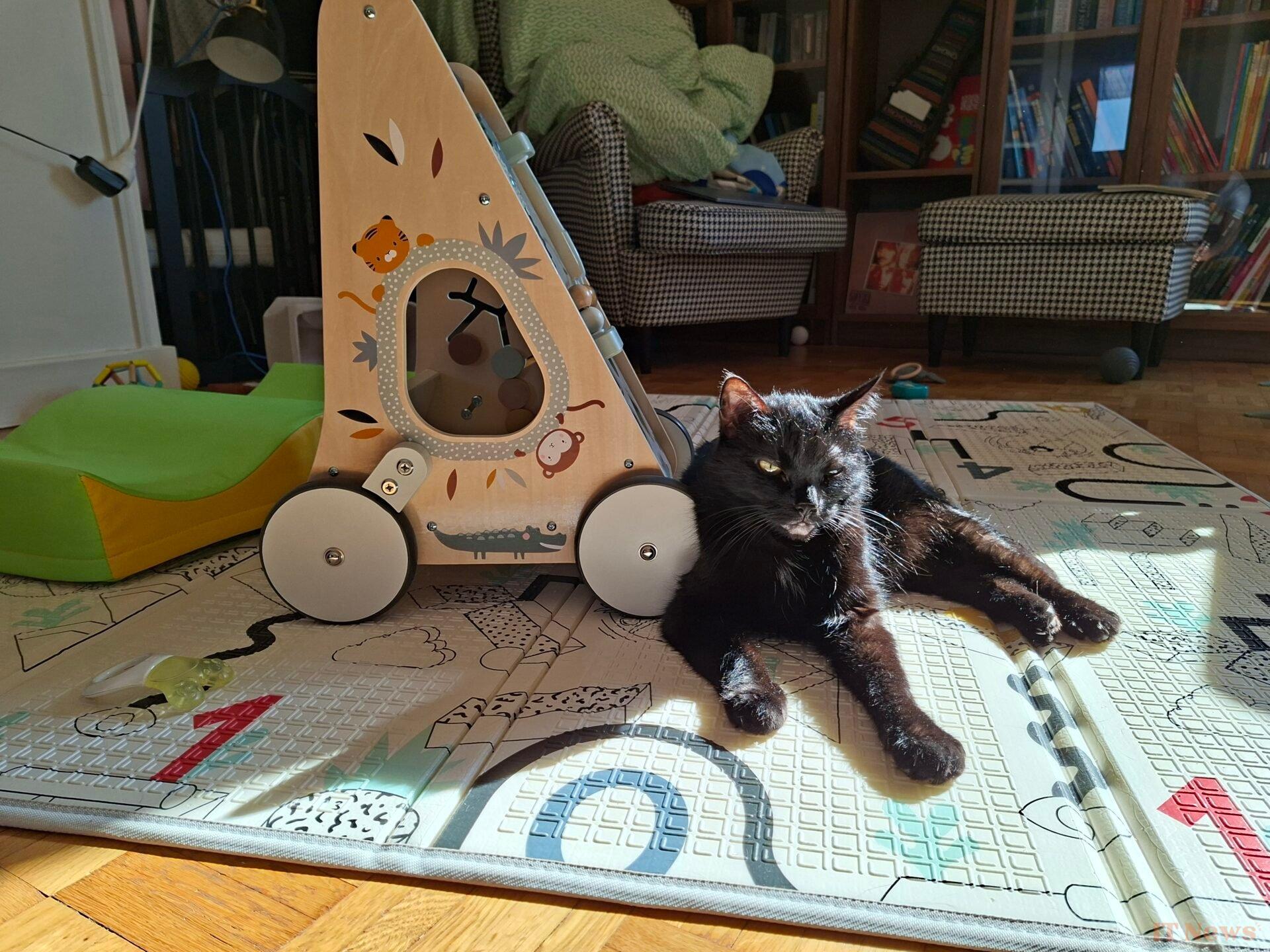



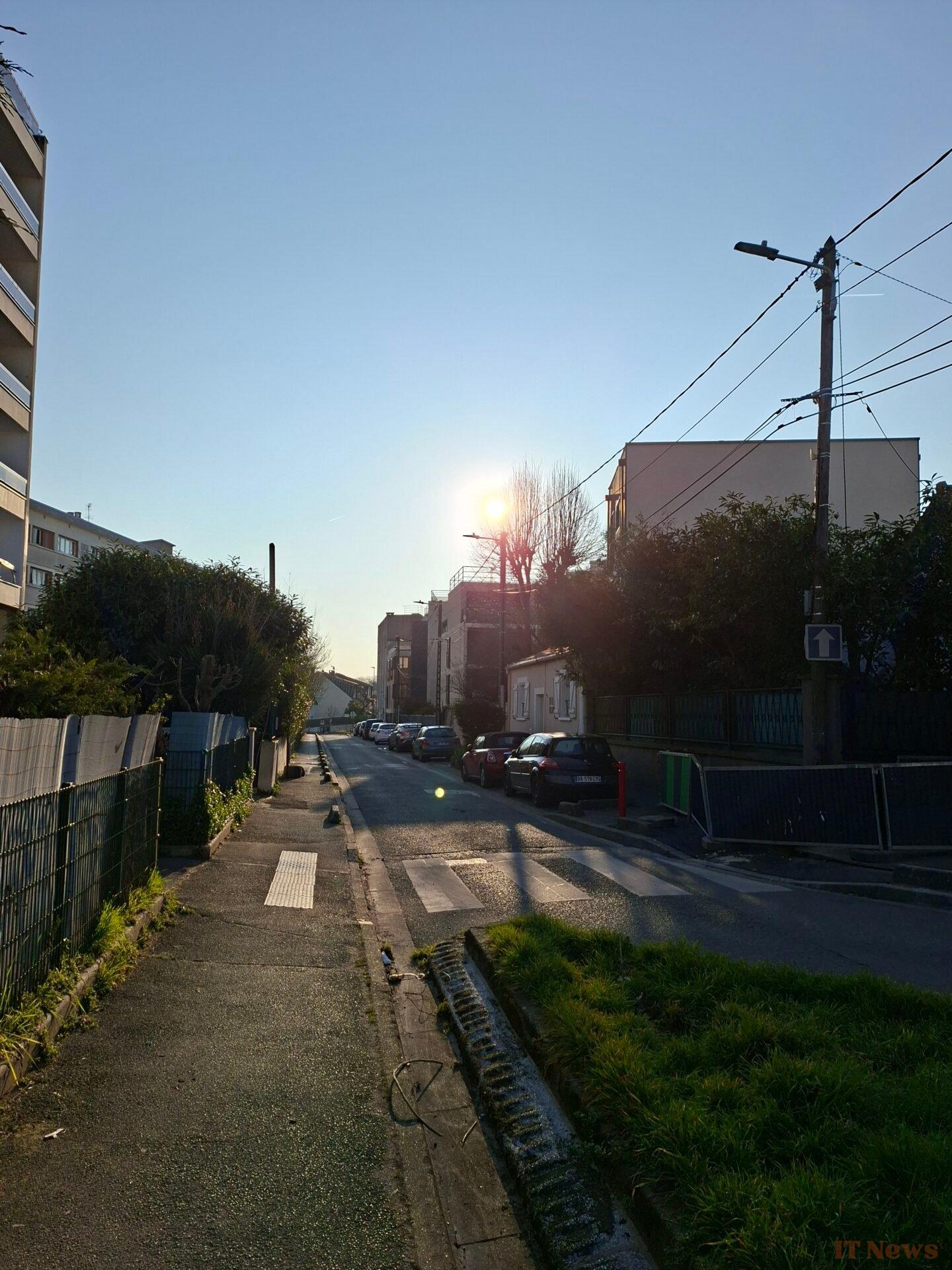


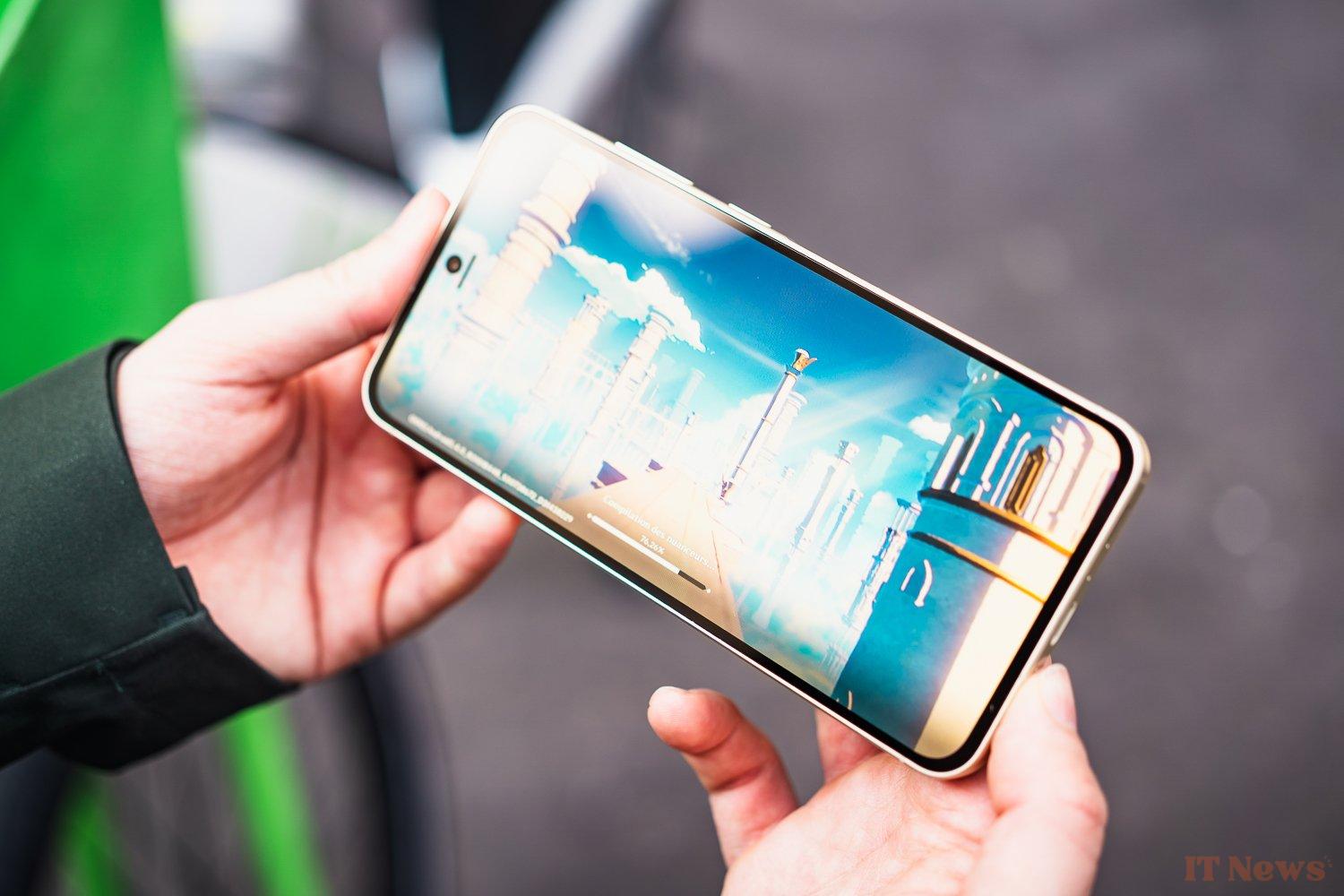
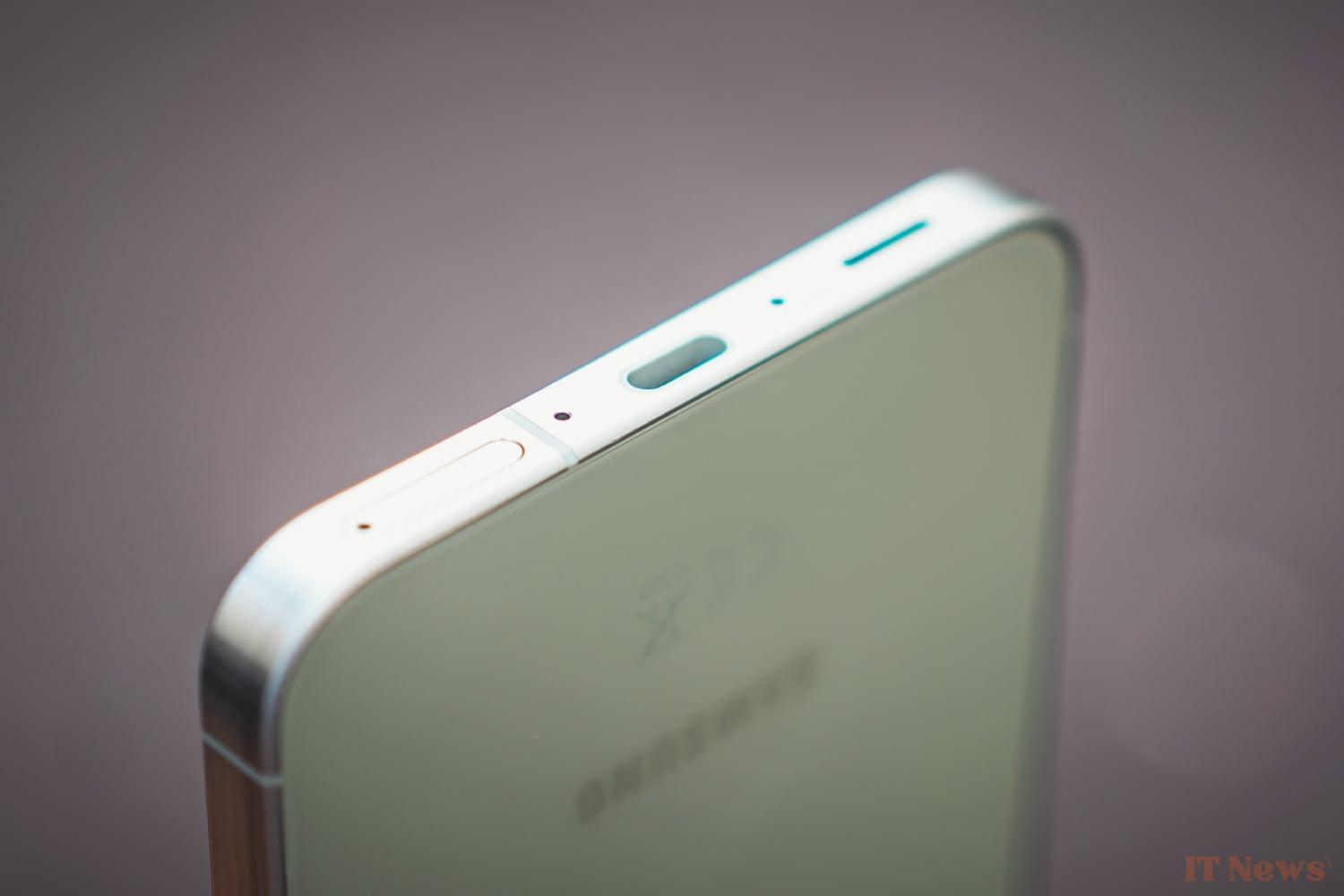

0 Comments